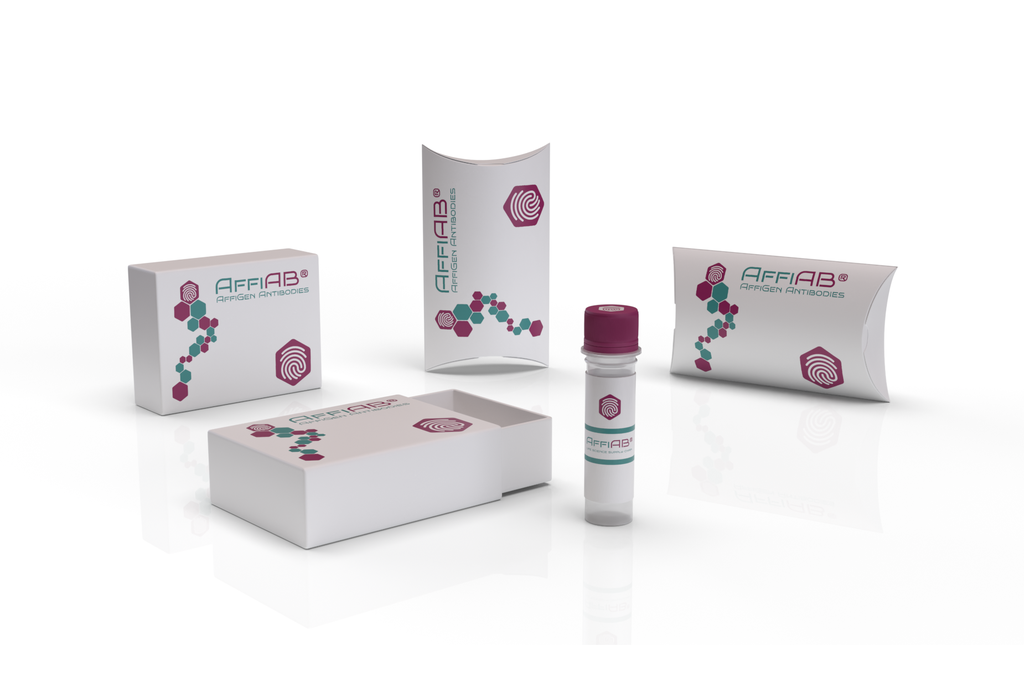AffiAB® Anti-GRB7 Antibody
Growth factor receptor-bound protein 7, also known as GRB7, is a protein that in humans is encoded by the GRB7 gene. The product of this gene belongs to a small family of adaptor proteins that are known to interact with a number of receptor tyrosine kinases and signaling molecules. This gene encodes a growth factor receptor-binding protein that interacts with epidermal growth factor receptor (EGFR) and ephrin receptors. The protein plays a role in the integrin signaling pathway and cell migration by binding with focal adhesion kinase (FAK) . Alternative splicing results in multiple transcript variants encoding different isoforms, although the full-length natures of only two of the variants have been determined to date. GRB7 is an SH2-domain adaptor protein that binds to receptor tyrosine kinases and provides the intra-cellular direct link to the Ras proto-oncogene. Human GRB7 is located on the long arm of chromosome 17, next to the ERBB2 (alias HER2/neu) proto-oncogene. These two genes are commonly co-amplified (present in excess copies) in breast cancers. GRB7, thought to be involved in migration [citation needed] , is well known to be over-expressed in testicular germ cell tumors, esophageal cancers, and gastric cancers.
Antibody type
Rabbit polyclonal Antibody
Uniprot ID
SwissProt: Q14451 Human
Recombinant
NO
Conjugation
Non-conjugated
Host
Rabbit
Isotype
IgG
Clone
N/A
KO/KD
N/A
Species reactivity
Human
Tested applications
WB
Predicted species reactivity
N/A
Immunogen
Recombinant protein within human GRB7 aa 1-200/532.
Storage
Store at +4°C after thawing. Aliquot store at -20°C. Avoid repeated freeze / thaw cycles.
Form
Liquid
Storage buffer
1*TBS (pH7.4) , 0.2% BSA, 50% Glycerol. Preservative: 0.05% Sodium Azide.
Concentration
1 mg/mL.
Purity
Immunogen affinity purified.
Signal pathway
N/A
Recommended dilutions
WB: 1:1, 000-1:5, 000
Molecular Weight
60 kDa
Subcellular location
Cell membrane, Cytoplasm, Focal adhesion, Cytoplasmic granule, Cell projection.
Positive control
SK-Br-3 cell lysates.
